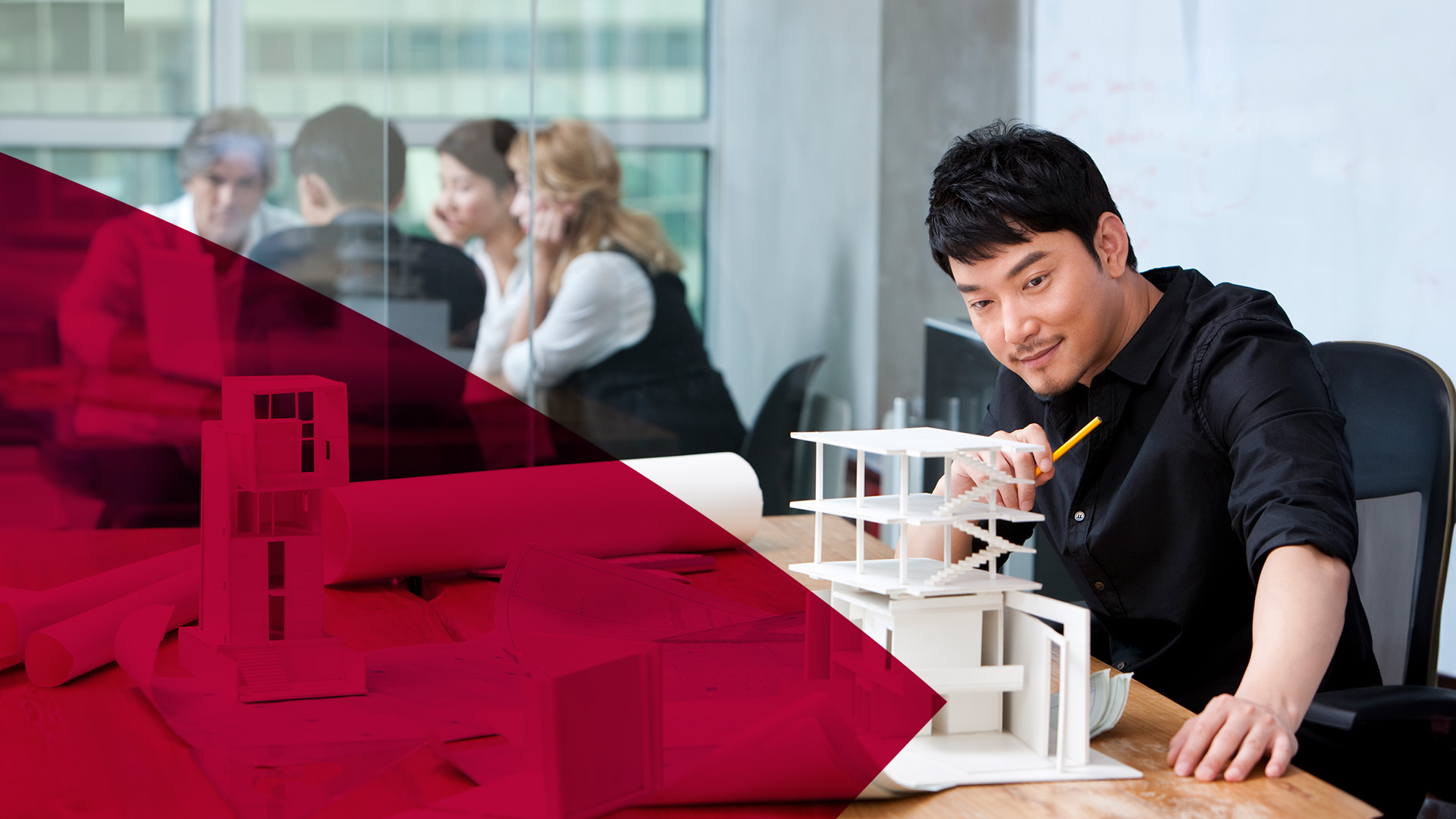Innovation in engineering isn’t just about improving things; it’s about reimagining what’s possible.
At the core of this transformation is design thinking – a dynamic, human-centered approach that engineers use to dream up solutions that are not only efficient but also delightfully user-friendly. Design thinking fuels reimagination by encouraging engineers to empathise with users and think outside the box.
By blending empathy, experimentation, and teamwork, design thinking enables engineers to innovate in ways that are both meaningful and groundbreaking.
What is Design Thinking?
Design thinking is a human-centred approach to innovation and problem-solving. It was first popularised by IDEO, a global design consultancy company. IDEO developed design thinking as a method to address complex business and social challenges by focusing on the needs and experiences of users. They applied this approach across various industries, transforming products, services, and strategies through a user-centric lens. Over time, design thinking transitioned into engineering, where it helps bridge the gap between technical feasibility and user desirability, fostering innovative solutions to meet real-world challenges.
Unlike traditional problem-solving methods, design thinking emphasises understanding the user's needs and experiences. This process involves iterative cycles of creative prototyping and testing, ensuring solutions are both innovative and user-friendly.
The Design Thinking Process
Design thinking is a structured yet flexible approach that consists of five stages:
1. Empathise
The first step is to understand the user's needs and challenges. Methods such as user interviews, observations, and empathy maps help designers gain deep insights into the user experiences and emotions.
2. Define
In this stage, the gathered insights are used to clearly articulate the problem to be solved. Techniques like problem statements and point-of-view (POV) statements help in framing the problem from the user's perspective.
3. Ideate
The ideation phase involves generating a wide range of ideas and potential solutions. Brainstorming sessions, mind mapping, and SCAMPER (Substitute, Combine, Adapt, Modify, Put to another use, Eliminate, Reverse) are effective methods for fostering creative problem-solving and exploring various possibilities.
4. Prototype
Prototyping is the stage where ideas turn into tangible creations. This can range from simple sketches and models to more sophisticated rapid prototypes. The goal is to bring ideas to life quickly and cheaply to evaluate their viability.
5. Test
Once developed, prototypes are tested with real users that provide valuable feedback. User testing, feedback sessions, and iterative improvements help refine the solutions, ensuring they effectively address the user's needs.
How Design Thinking is Applied in Engineering Solutions
Design thinking is applied towards engineering solutions in the following ways:
Enhanced Creativity and Innovation
Design thinking encourages engineers to employ out-of-the-box thinking by exploring a wide range of potential solutions through brainstorming and ideation sessions. This leads to the development of novel engineering solutions that address complex problems in innovative ways.
Improved User Satisfaction and Usability
By focusing on understanding user needs through interviews and observations, design thinking ensures that engineering solutions are tailored to actual user demands.
Efficient Problem-Solving
The iterative nature of design thinking involves continuous prototyping and testing, allowing engineers to identify and address flaws early in the development process based on real user feedback.
Faster Development Cycles
Rapid prototyping and testing facilitate quicker development cycles in engineering projects. Engineers can gather feedback and make necessary adjustments, accelerating the overall development timeline and speeding up the time to market.
Cross-Disciplinary Collaboration
Design thinking promotes collaboration among engineers, designers, and other stakeholders, leveraging diverse perspectives to develop robust solutions. This multidisciplinary approach enhances communication and ensures that all aspects of a problem are considered.
Greater Flexibility and Adaptability
The iterative design thinking process allows engineers to remain flexible and adapt to changing requirements. This agility is essential in dynamic industries where needs and technologies evolve rapidly, ensuring that solutions stay relevant and effective.
Real-World Examples of Design Thinking in Engineering Solutions
Stanford Engineers Improve the Emergency Room Experience at Stanford Hospital
The Hasso Plattner Institute of Design at Stanford applied design thinking to improve patient experiences in healthcare settings. One notable project involved redesigning the emergency room experience at Stanford Hospital. The team employed a human-centred approach, starting with extensive observations and interviews with patients and healthcare providers to understand their pain points.
The iterative design process led to the creation of new layouts and systems that reduced patient wait times and improved overall satisfaction. By involving both patients and healthcare staff throughout the development and testing phases, the team was able to implement solutions that were both innovative and practical, ultimately enhancing the quality of care provided
Transforming Parking in Singapore: The Parking.sg App
Moving away from physical engineering, design thinking can also be applied to software engineering solutions. Singapore’s civil service actively uses design thinking to transform government services. One such example is how GovTech, in collaboration with the Housing & Development Board and Urban Redevelopment Authority, developed the Parking.sg app using the design thinking principles of rapid prototyping.
The project involved extensive user feedback and prototyping, leading to a solution that significantly improved the parking experience in Singapore by reducing the reliance on paper-based parking coupons and providing a more efficient and user-friendly experience for motorists.
How PSB Academy's Engineering Courses Incorporate Design Thinking
Design thinking is a transformative approach that significantly enhances the field of engineering by driving creativity, improving user satisfaction, and fostering efficient problem-solving. At PSB Academy, design thinking is an integral part of the approach to the engineering courses offered by our overseas university partners.
Students will engage in design thinking with hands-on experience through small, collaborative group projects, working to survey users, gather feedback, as well as prototyping, and testing. This practical approach enables students to apply theoretical knowledge in real-world scenarios, developing empathy-driven design skills and practical creative problem-solving abilities.
As a result, engineering graduates at PSB Academy are well-equipped with the creativity and competencies to tackle complex industry challenges and spearhead engineering innovation. If you're ready to embrace the transformative power of design thinking and excel in your engineering career, consider enrolling in PSB Academy’s engineering courses today.




 TOP
TOP





